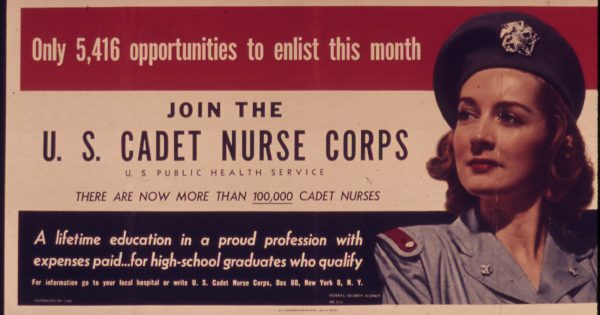Nurses are indispensable to ending HIV/AIDS in the U.S., the ANA reminded a federal stakeholder group advising the Department of Health and Human Services (HHS). The Administration has ramped up HIV prevention efforts, announcing plans to reduce the number of new HIV infections by 90 percent in the next decade. HHS will need nurses, including APRNs, to reach that target and improve the lives of people who are now living with HIV/AIDS (PLWHA).
In a letter to the CDC/HRSA Advisory Committee on HIV, Viral Hepatitis and STD Prevention and Treatment, ANA made the case to ensure nurses’ participation in new HIV initiatives. Lead agencies include the Centers for Disease Control and Prevention (CDC) and the Health Resources and Services Administration (HRSA) within HHS. HHS is seeking an HIV budget increase of $291 million, for CDC and HRSA to invest in local HealthForces that will target communities where HIV cases are the fastest growing.
Since the early 1980s when the U.S. health care system began to confront HIV and its enormous impact, nurses have been on the frontlines on many levels – creating new patient care models, conducting research, educating the community, and addressing workplace safety. Now, and over the decades since life-saving anti-retroviral therapies (ART) have been available, nurses are central to the care coordination that supports many PLWHA in life-saving treatment to stay virally suppressed.
Viral suppression, when viral load is no longer detectable, also significantly reduces risks of HIV transmission, so much so that advocates have coined the phrase “U=U”: Undetectable means untransmittable. Effective HIV treatment, then, is also critical to HIV prevention.
In the President’s 2019 State of the Union address and following months, the Administration has made bold commitments to dramatically reduce new HIV infections. According to the Kaiser Family Foundation, the U.S. lags other comparable countries in HIV suppression rates, at 54 percent compared to 84 percent in the United Kingdom, for example. And while HIV incidence had been falling in the United States in the early part of this decade, that progress has slowed in recent years.
Research and epidemiology clearly show that HIV incidence in the U.S. is now highly concentrated in a relatively small number of geographic areas. HIV in those areas is especially prevalent in Black/African-American communities, which have historically confronted negative social determinants of health and inequitable barriers to health care. Of all PLWHA in the U.S., 50 percent live in five states, primarily southern states.
The Administration has proposed a response that would invest in new HIV prevention in the geographic areas where infection rates continue to be among the highest. At the local level, health departments and other stakeholders would be given more resources to identify new HIV cases. Community health centers would play a lead role in delivering appropriate care so that PLWHA achieve viral suppression. There would also be an emphasis on reaching people who are at high risk of becoming HIV positive, and encouraging use of ART prophylactically for prevention.
ANA will continue advocating for nurses as the Administration pursues its agenda to prevent HIV. For more information about this effort, visit the CDC’s resources for providers in the Act Against AIDS campaign. To learn more about ANA’s advocacy, read our comments on updates to the National HIV/AIDS Strategy, and our letter to the CDC/HRSA Advisory Committee.

